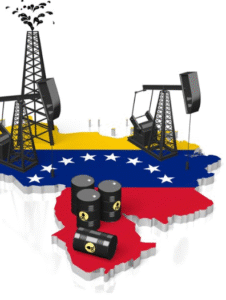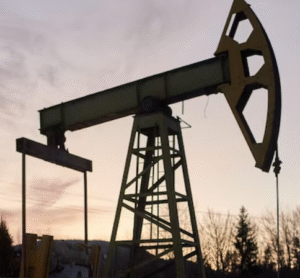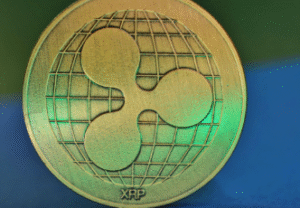$BRNT $WTI $RUB
#Russia #OilProduction #OPEC #EnergyMarket #CrudeOil #OilSupply #MarketTrends #Commodities #RussianEconomy #FossilFuels #OilIndustry #OPECPlus
Russia’s oil production in 2025 is projected to be slightly lower compared to 2024 as the country works to align with its obligations under the OPEC+ agreement. Deputy Prime Minister Alexander Novak stated on Tuesday that Moscow will be making adjustments to rectify prior overproduction, following the group’s coordinated supply management strategy. According to Novak, Russian crude output for this year is forecasted to range between 515 million and 520 million tons, which is close to last year’s level of 516 million tons. This decision is likely to have a ripple effect on global oil markets, particularly as OPEC+ continues to implement production cuts in an effort to stabilize prices amid economic uncertainties and fluctuating demand. Oil prices recently faced downward pressure due to concerns over slower economic growth and broader macroeconomic conditions, making Russia’s production outlook a key factor for traders and investors tracking energy commodities.
Despite the slight decrease in production, Russia’s oil refining sector is expected to see an increase in processing volumes this year, according to Novak. This could suggest a shift in the country’s energy strategy, potentially prioritizing higher-value refined petroleum products over crude oil exports. Refining more crude domestically could also serve as a hedge against external market pressures, particularly Western sanctions that continue to limit Russian oil trading activity. Market analysts will be closely monitoring Moscow’s refining capacity and export patterns, as any increase in refined product exports may offset some of the potential revenue loss from lower crude output. Recent geopolitical developments, including the ongoing conflict in Ukraine and evolving trade relationships, could further influence Russia’s oil market strategies moving forward.
The OPEC+ production limits, which aim to balance supply with volatile demand levels, have been critical in shaping oil price trends. Russia’s adherence to the agreed output adjustments suggests that the country remains committed to maintaining its influence within the alliance, despite external economic and geopolitical challenges. The global oil markets have oscillated between surpluses and shortages over the past year, prompting supply-side reactions from major producers. This year’s production levels from Russia will be particularly important in determining how OPEC+ policies affect global supply chains. A tighter production environment could provide price support, but unexpected shifts in demand—driven by China’s economic recovery, U.S. monetary policy moves, or geopolitical disruptions—could introduce further volatility in the months ahead.
In financial markets, oil prices have responded to Russia’s production policies with measured fluctuations, as traders assess both short-term supply constraints and long-term economic trends. Brent Crude ($BRNT) and West Texas Intermediate ($WTI) have faced pressure from investor sentiment surrounding global demand expectations, while the Russian ruble ($RUB) continues to be affected by energy revenues and currency market dynamics. A tighter oil supply from Russia could lend some support to crude oil prices, benefiting energy companies dependent on higher benchmarks. However, if global demand softens due to economic slowdowns in major consuming regions, the balancing act between supply and demand could shift unpredictably. As Russia moves forward with its adjusted production strategy, energy markets will continue to react based on broader macroeconomic factors and evolving geopolitical risks.











Comments are closed.